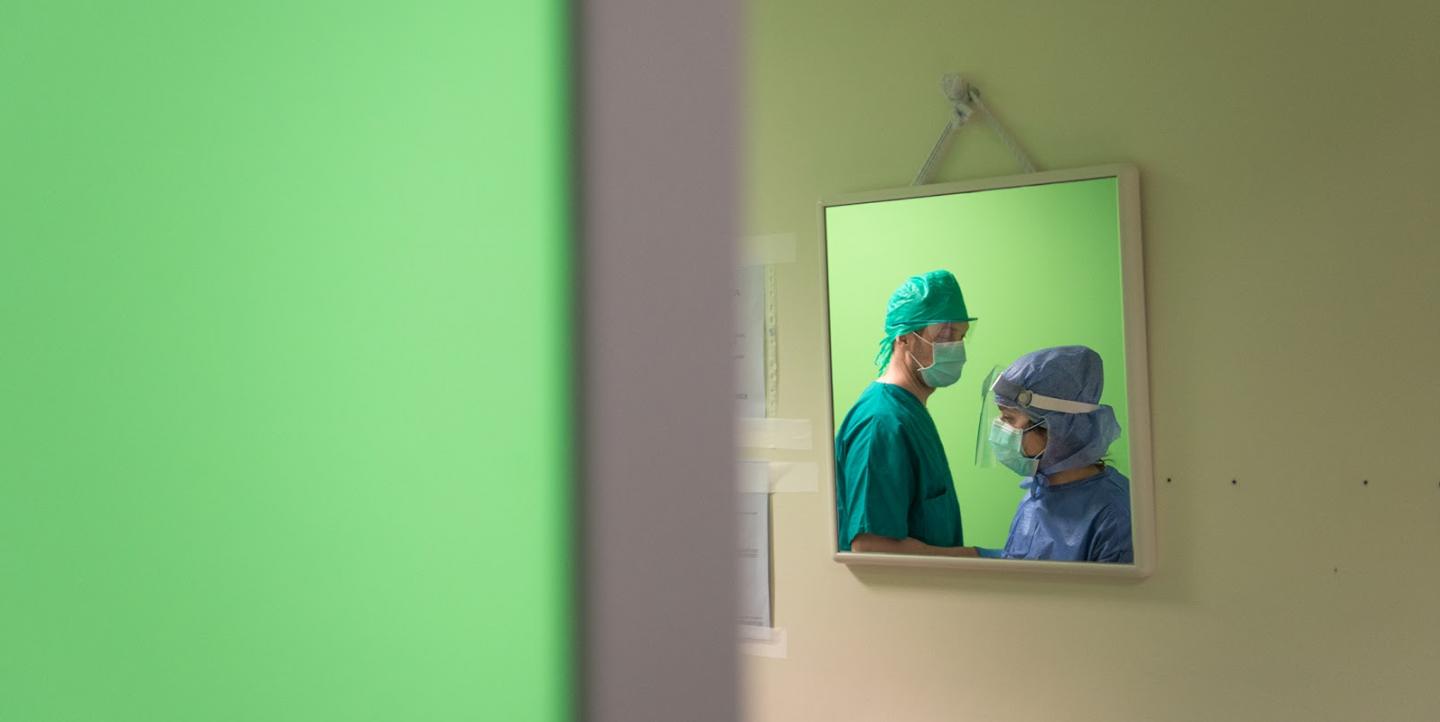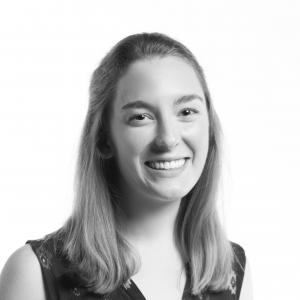This article is part of our online coverage of reporting on COVID-19. To see more resources, click here.
Before the onset of the COVID-19 pandemic, photojournalists around the world already faced challenging working conditions. Job security was waning, pay was minimal and a majority felt physically unsafe at least sometimes while on the job, according to a 2018 report by World Press Photo.
More than 60% of photographers interviewed in the study described themselves as self-employed, and 66% reported their annual income from photography was less than $30,000. Over 90% of interviewees said they felt at risk while working as photographers.
The current health crisis has only magnified these challenges. I spoke with freelance photojournalists in Italy, Mexico and the United States carrying financial and health concerns like they never have before. They shared their experiences and the resources they’ve found helpful as they work to document the evolving pandemic.
[Read more: How journalists are documenting loss during COVID-19]
Coverage of a historic pandemic
Italian freelance photojournalist Michele Lapini has photographed in tough settings in the past — riots and police clashes, for example — but nothing like the current COVID-19 pandemic. Based in the northern Italian city of Bologna, Lapini has been documenting the crisis in one of its epicenters. “I’ve been to the intensive care unit, where the situation is very hard because people are just between life and death,” he said.
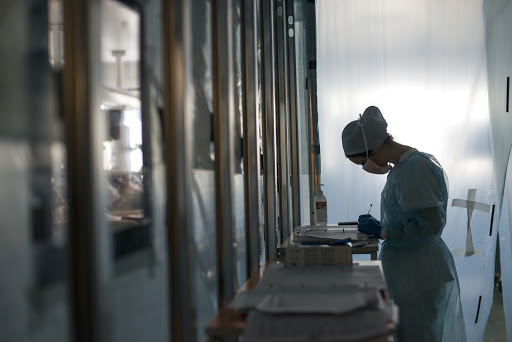
“It’s important to cover COVID-19 because it’s a historical event, one of the biggest after the World Wars,” Lapini continued. “We have to be careful about our health and the health of others, but it’s our responsibility to document what’s happening, for history.”
There is also a fundamental, practical motivation for freelancers: “It would be difficult now to avoid covering coronavirus,” said Lindsey Wasson, a freelance photojournalist based in Seattle, Washington, the first state in the U.S. to be severely impacted by COVID-19. “To be honest, this is the only work I am able to do at the moment as things like sports, events and anything ‘normal’ are shut down.”
Christian Monterrosa, a freelance photojournalist and National Press Photographers Association West Region chair, has been reporting on COVID-19 along the U.S.-Mexico border, including at migrant shelters in Tijuana, Mexico, as the border closed. COVID-19 is not yet as widespread in Mexico as in Italy or the U.S., so Monterrosa said he’s felt a responsibility to educate the community in Tijuana about the seriousness of the pandemic. “It’s a great feeling to know I was at least able to get them thinking about it,” he said.
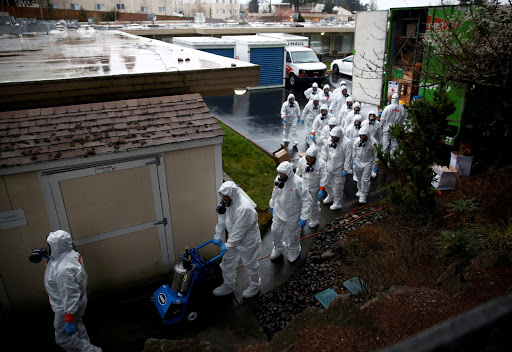
Health safety
When photographing inside hospitals with patients who have COVID-19, it’s important to follow the protocol established by the doctors, said Lapini. “We have to do our job, shoot photos and write pieces,” he explained. “But, you always have to move with prudence, more for others than for yourself.”
“I think a big change is being extra aware of the health threat you potentially pose to the people you are photographing,” Wasson noted. Freelancers covering COVID-19 are often left to buy their own masks, gloves and supplies to sanitize their photography equipment. While Wasson said Reuters has provided her and other freelancers with safety guidelines and some personal protective equipment, like N95 masks and Tyvek suits, it’s clear supplying this equipment isn’t standard practice for media outlets.
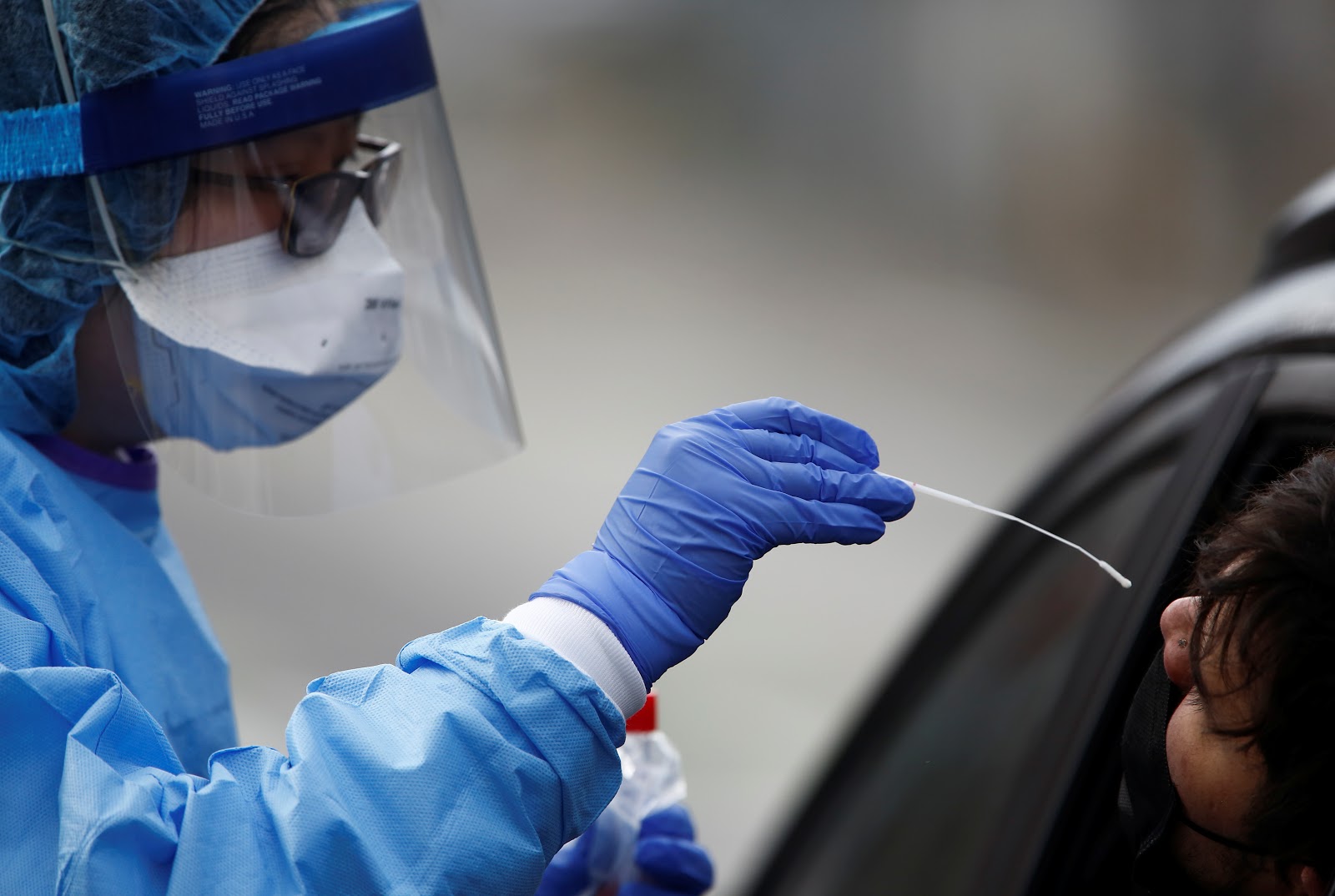
Financial security
“Being freelance in Italy is high-risk for us,” said Lapini. “If you get sick, you don’t work so you don’t have money. I have the same daily budget — virus or non-virus, I receive the same money.” This financial insecurity pressures freelancers to report on COVID-19, despite the serious health concerns.
Monterrosa is an experienced wildfire photographer based out of Los Angeles, California. Like firefighters, he would like to see photojournalists receive additional compensation or hazard pay when working in dangerous situations. “You can ask, but the culture is to be grateful that you got the assignment in the first place and not ask for more,” he said. Some editors offer additional pay to compensate for the risk, he added, but there is still much room for improvement.

Resources
Due to the close-proximity nature of photography, many photojournalists are feeling the effects of events and photoshoots canceled due to COVID-19. Others have to pass up photography assignments due to personal health concerns.
Initiatives like the Juntos Photo Coop have formed to promote journalist safety while covering COVID-19. Funds like the Format Photographer Fund have launched to provide financial support to photojournalists facing hardship in light of the COVID-19 outbreak. National Geographic, the Africa-China Reporting Project, and Internews are also providing funding to reporters covering COVID-19 on a local level. For female-identifying photographers, the International Women’s Media Foundation has an emergency fund, and Women Photograph is asking for donations to provide financial support to photographers.
[Read more: Brazilian favela journalists lead actions to raise awareness about COVID-19]
There are resources available to help journalists use best practices for their safety when out on assignment, and receive up-to-date information on COVID-19, as well. In the U.S., the National Press Photographers Association has a resource guide, with materials like a weekday newsletter for photojournalists covering COVID-19.
Lapini, Wasson and Monterrosa also stressed their appreciation that the photojournalism community has come together during COVID-19, as the virus progressed and working conditions changed quickly.
“The first support was for photojournalists and journalists to talk, to exchange advice and information,” said Lapini. He and other photojournalists founded Arcipelago 19, a photo collective on Instagram. “It’s a point of union and support,” Lapini said. “We wanted to create a meeting point for Italian photographers.” He hopes Arcipelago 19 doesn’t just offer a window for the public into current events in Italy, but also helps freelance photojournalists covering COVID-19 feel less lonely and increase their visibility with prospective publishers.
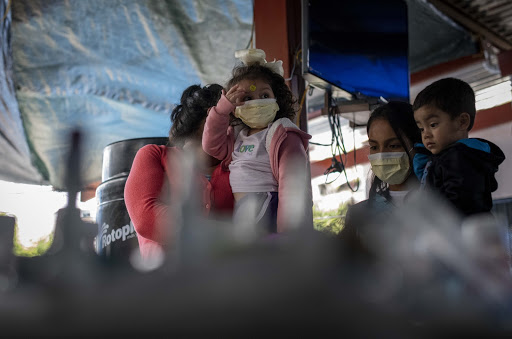
Looking ahead
“There’s lots of anxiety about the future in general, for everyone,” said Wasson. She admits that, personally, she hasn’t had much of an opportunity to think about the future because of the daily coverage she’s doing.
Monterrosa sees potential for further support among photojournalists. “A registry of photojournalists who are actively out there covering COVID-19 would be helpful,” he said. A centralized information source like this would allow photojournalists to support each other and give visibility to photojournalists looking for assignments.
Lapini and Monterrosa have set their sights on health insurance and financial support. “We live in the precariousness of contracts and collaboration, and those may change from one day to the next,” said Lapini. He added that the COVID-19 crisis has generated discussion about how freelance photojournalists’ work is recognized and valued with media outlets.
“We have just now started to discuss how we can make our profession a priority in the journalism world,” Lapini said. “Perhaps this is one of the points to discuss once the emergency is over.”
Main image: Medical staff dress to enter the intensive care unit of the Sant’Orsola Hospital in Bologna, Italy. (credit: Michele Lapini).
Natalie Van Hoozer is a freelance multimedia journalist based in Reno, Nevada.

